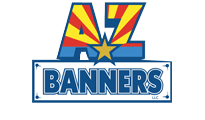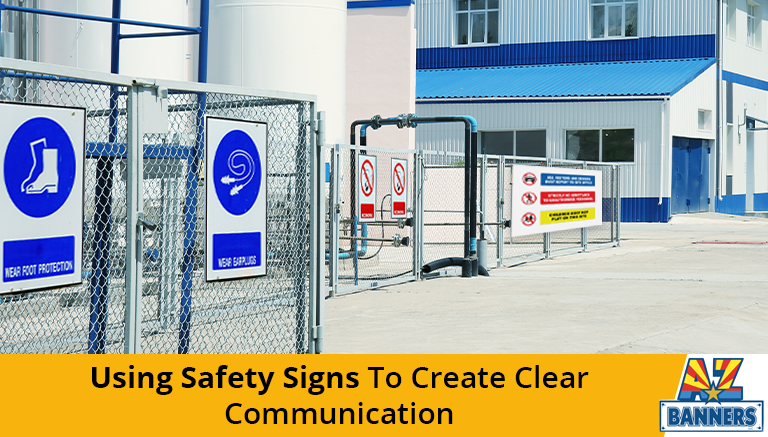A worker is injured on the job every seven seconds.
Though most injuries are not severe, injuries take their toll on productivity and morale, costing tens of millions of production days every year.
One of the best ways to improve employee safety is signage.
Here is a quick guide to using safety signs to create clear communication for your employees’ safety.
Know the Regulations
Safety signs are fine-tuned to regulations.
OSHA has created a series of guidelines for safety signage.
In order to use signs effectively, you need to know these guidelines.
“CAUTION” signs indicate hazards that could result in minor or moderate injury, including slips and falls.
“WARNING” signs indicate hazards that could result in serious injury or death, such as moving equipment.
“DANGER” signs indicate hazards that will result in serious injury or death if the worker does not take precautions, including exposure to chemicals.
In addition to words, colors indicate the level of threat.
Yellow signs indicate low-level but dangerous hazards, orange signs indicate moderate-level hazards, and red signs indicate high-level hazards.
Any sign that warns against personal injury must feature a safety alert symbol, which is a black exclamation mark surrounded by yellow in a black triangle.
“NOTICE” signs provide important but non-hazard related information, like security or hygiene awareness.”SAFETY INSTRUCTION” signs provide explanatory information.
These signs feature visuals, like two hands under a sink, to suggest precautions that people should take.
Incorporate Safety Signs Into Spaces
Once you are familiar with signage regulations, you can begin to locate the right signs in the right places.
Break your workplace into sections and chart the potential hazards in each.
Plot signs so every path leading to a hazard has a proper notification.
Sign clutter can lead employees to ignore messages, so do not plot more signs than you need.
Give enough information that an employee walking at a casual pace can understand what the hazard is.
Place signs at appropriate heights and distances.
Put signs marking fire exits at shoulder level and along the floor, so people crawling under smoke know where to go.
Ensure that the sign can be seen from a maximum possible distance, and walk the paths leading up to the sign to test that it is in the right spot.
When your workspace is near the public, prioritize visuals.
Place “CAUTION” and anti-trespassing signs to discourage people from entering.
Use directional signs to encourage people to move away.
Create a Complete Regimen
To maximize safety, signs should be used in conjunction with, not to replace, existing safety procedures.
Create a culture of safety.
Write emails and hold briefings to share new and important information.
Conduct regular safety checks, and make safety policies a part of your employee review process.
Signs help workers exit or avoid a dangerous area, find a first aid station, and learn about procedures to deal with a hazard.
However, if they are ignored, signs cannot improve safety.
You need to post signs, but you need to encourage your employees to read and follow signs.
See the Experts
Safety signs are important to your safety protocols.
They have a code that breaks down hazards through simple visuals and language.
They are useful for your employees and the public alike, but they gain maximum effectiveness when all procedures are in place and when they are placed in the right locations.
Consult with experts who can provide you with signs that meet regulations while being affordable, high-quality, and customizable.
Contact us for a free quote.
_________________________________________________
Does your company or job site need custom safety signage or banners? AZ Banners offers affordable, high-quality banners and signs for local businesses in Tempe, AZ and across the country!
Get an online quote or call us at 480-718-0544 ~ Our products ship fast, anywhere in the U.S.!
Read related articles:
- Useful Holiday Signs and Banners to Bring in More Business
- How to Use Vinyl Outdoor Banners Effectively in Business
- A Guide to Creative Storefront Window Graphics Applications


